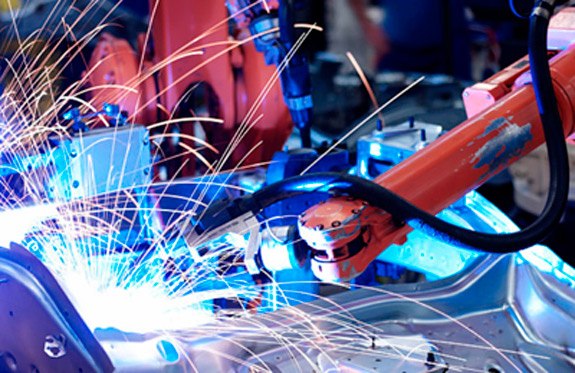Car air conditioning (AC) systems play a vital role in keeping us comfortable during hot summer days or in any weather condition. Behind the scenes, there are several components that work together to ensure the efficient cooling of the vehicle's interior. One such component is the car AC hose pipe. In this blog post, SDZ engine parts factory will explore the purpose of a car AC pipe hose and how it works to facilitate the cooling process.
The primary purpose of a car air conditioning pipe is to transport refrigerant throughout the AC system. It acts as a conduit, allowing the refrigerant to flow from one component to another. The AC hose pipe carries the refrigerant in both its gaseous and liquid states, depending on the specific section of the AC system it is connected to. By providing a pathway for the refrigerant, the AC hose pipe helps regulate the temperature inside the vehicle.
A car AC hose pipe consists of several important components that enable it to perform its function effectively. These components include the hose itself, fittings, O-rings, and seals. The automotive coolant hose is usually made of durable and heat-resistant materials, such as rubber or aluminum, to withstand the high temperatures and pressure associated with the AC system. The fittings, O-rings, and seals ensure proper connections and prevent refrigerant leaks.
The AC hose pipe is connected to various components of the AC system, such as the compressor, condenser, evaporator, and receiver-drier or accumulator. It carries refrigerant between these vehicle engine components, facilitating the heat transfer process. The refrigerant starts as a high-pressure gas and flows through the hose pipe to reach the condenser. In the condenser, it releases heat and condenses into a high-pressure liquid. The liquid refrigerant then moves through the hose pipe to the expansion valve or orifice tube, where it expands and converts back into a low-pressure gas. This cooled gas then enters the evaporator, where it absorbs heat from the air inside the vehicle. The AC hose pipe completes the cycle by carrying the low-pressure gas back to the compressor to start the process again.
To ensure the proper functioning of the car AC pipe hose system and automotive cooling system components, it is essential to maintain and care for the AC hose pipe. Regular inspections should be performed to check for any signs of leaks, damage, or wear. Any damaged or worn-out hoses should be replaced promptly to prevent refrigerant leaks and maintain efficient cooling. Additionally, it is crucial to follow manufacturer guidelines regarding refrigerant type and quantity to avoid system damage and maintain optimal performance.
The engine hose pipe serves a critical role in the overall functioning of the AC system by transporting refrigerant and facilitating the cooling process. Understanding its purpose and how it works can help car owners appreciate the complexity of the AC system and the importance of proper maintenance. By ensuring the AC hose pipe is in good condition, monitoring for leaks, and following recommended maintenance practices, you can enjoy reliable and efficient cooling in your vehicle, providing comfort during hot weather and enhancing your driving experience.
